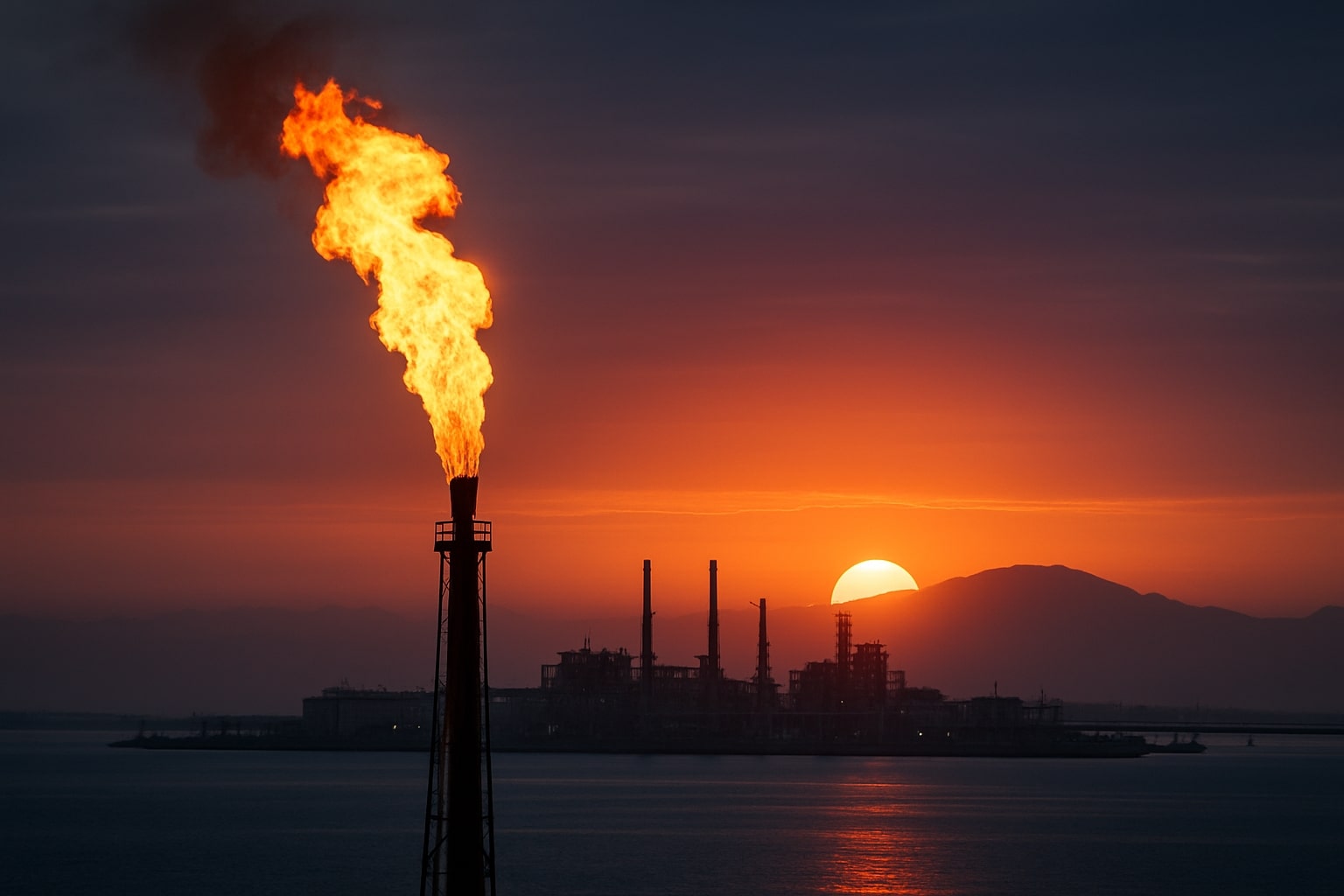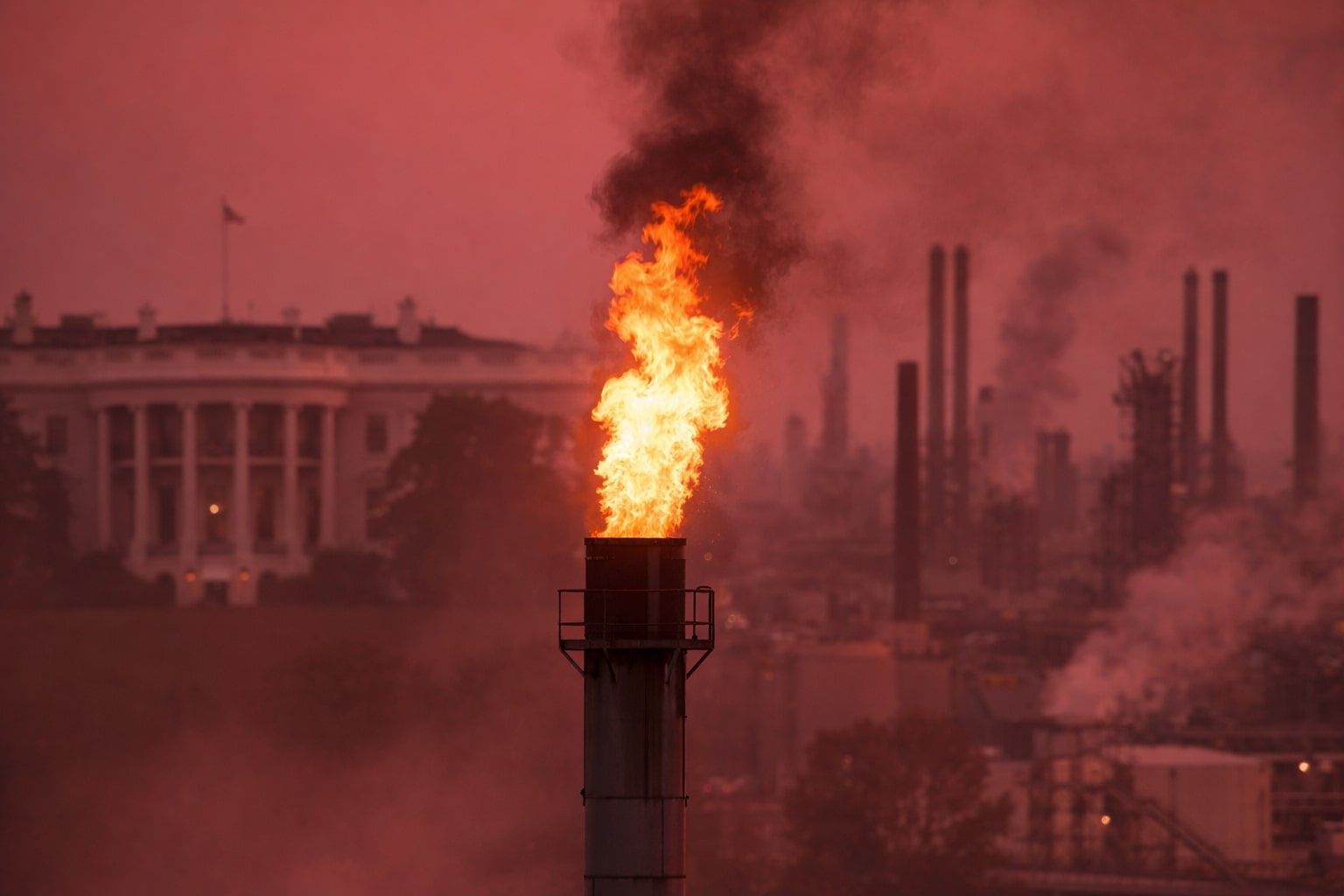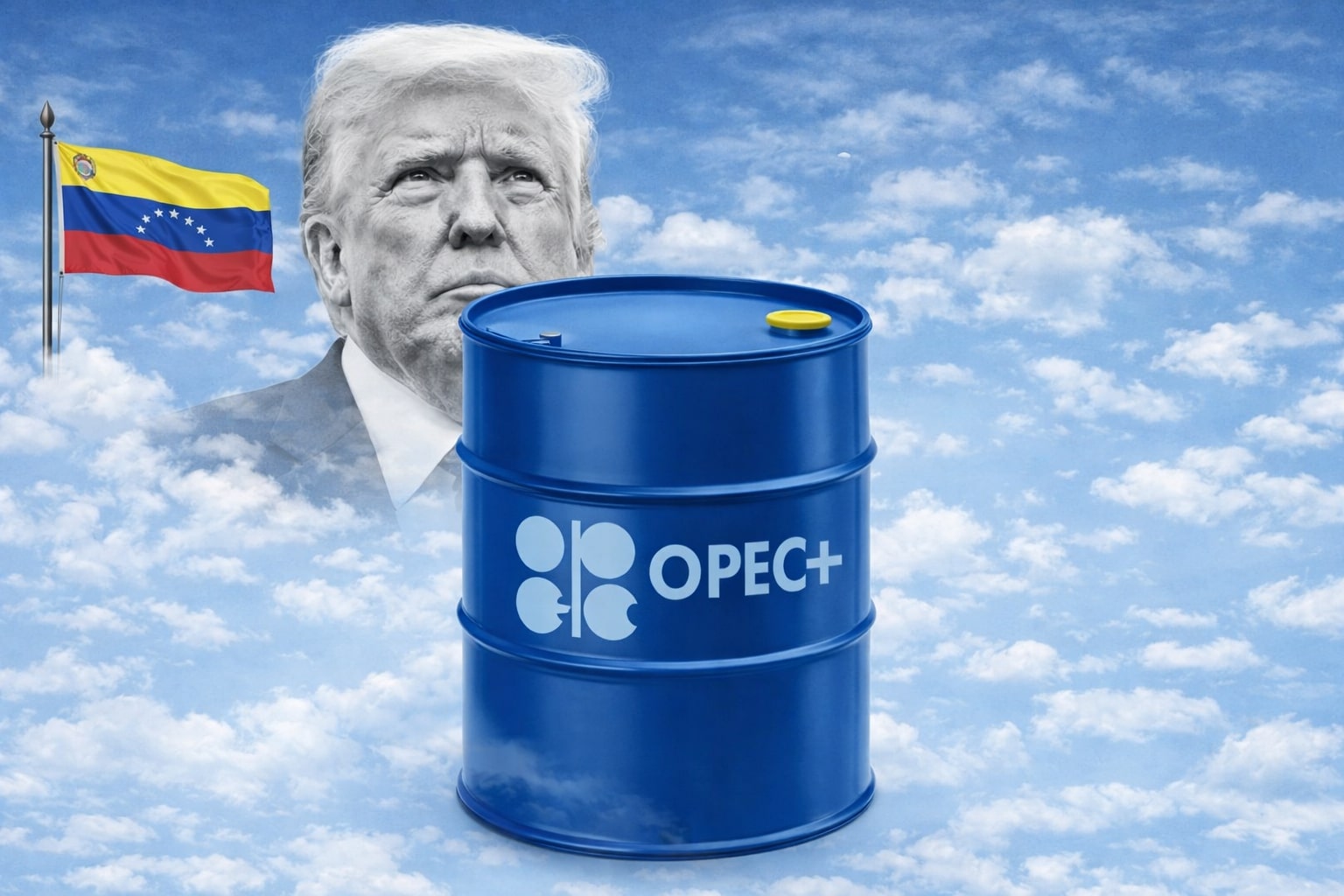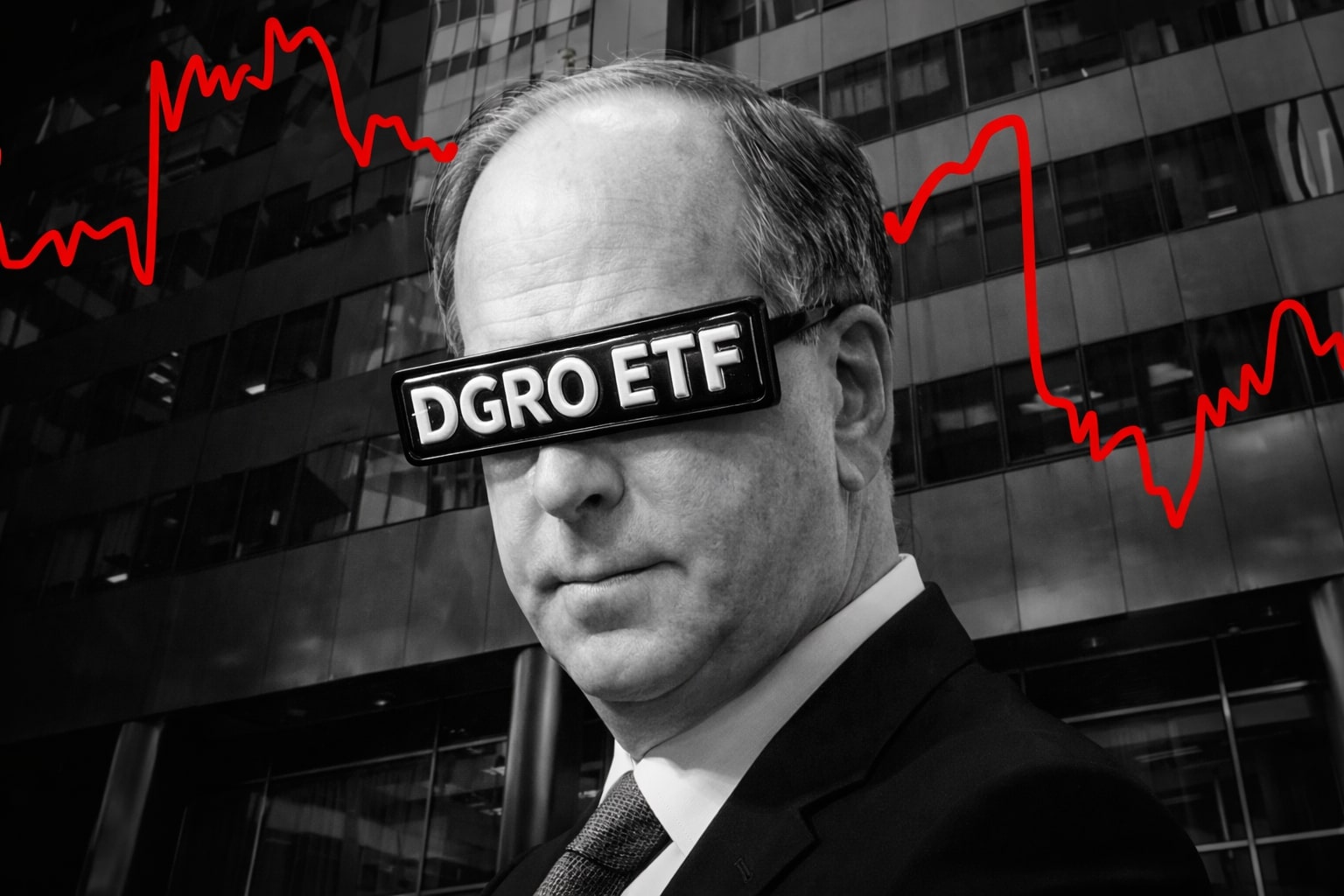
Natural Gas Price (NG=F) Holds $3.08 With $3.25 Resistance Ahead of Winter Shift
U.S. output at 106 Bcf/d, storage builds above trend, LNG exports firm at 15.2 Bcf/d as traders eye $3.25–$3.40 breakout | That's TradingNEWS
Natural Gas (NG=F) Stabilizes Near $3.08 After Volatile Swings
Natural Gas futures continue to trade around $3.085/MMBtu, down 0.58% intraday, as traders absorb conflicting signals from production, inventories, and weather. The Nymex October contract earlier tested $3.142, marking a 1.3% rebound before slipping back below the 50-day moving average at $3.130, a line that has become a key battleground for both bulls and bears. Spot references across U.S. hubs reflected mixed pricing: Henry Hub posted +$0.09, while Waha saw sharp weakness at -1.125, underscoring regional dislocations in supply and takeaway capacity.
U.S. Supply Surplus Clashes With Softening Production Trends
Daily output remains near 106.0 Bcf/d, up 4.8% year-over-year, though recent softness has helped underpin prices after the September dip to $2.869. LNG exports stand at 15.2 Bcf/d, rising 4% week-over-week, while U.S. electricity generation climbed 1.03% y/y in early September, boosting power burn demand. However, storage data has injected a bearish undertone: the EIA reported a +71 Bcf build, exceeding both consensus (+68 Bcf) and the five-year average (+56 Bcf). Inventories now sit 6% above seasonal norms, placing a ceiling on immediate upside momentum.
Weather Patterns Driving Short-Term Price Action
Forecasts show persistent 80s and 90s across much of the U.S., with triple-digit readings in the Southwest. This heat has elevated spot prices and increased cooling demand, but national demand is projected to remain moderate through September 21, limiting upside pressure. Analysts expect weather to remain the defining driver into late September, with potential for another heat-driven spike toward $3.20–$3.25, provided resistance is cleared. Without hotter revisions, however, markets risk drifting back toward $2.95–$2.89 support.
Technical Battle Around Key Moving Averages
The chart structure is tightly coiled between the 50-day EMA at $3.130 and the 200-day EMA at $3.25. A sustained break above $3.198–$3.238 would trigger bullish momentum, potentially extending into the $3.30–$3.40 range ahead of the November contract rollover. Failure to reclaim the 50-day MA risks deeper retracement toward the $2.947–$2.887 zone, with $2.75 as a critical gap-fill level. Tuesday’s rebound from $2.87 signaled firm buying interest, but conviction from institutional buyers is still missing.
European and Global LNG Shifts Shape Medium-Term Outlook
Rabobank expects European benchmark TTF prices to fall into the high €20s/MWh by Q2 2026, citing a 34 million ton annual expansion in LNG capacity, including an 8% U.S. export boost. This structural change enhances Europe’s reliance on LNG and creates greater sensitivity to global disruptions. Meanwhile, Russia still supplies around 14% of EU gas, meaning a faster phaseout could tighten global balances and increase competition for U.S. cargoes.
Regional Price Dislocations Show Stress Points
Spot hub data underscores uneven fundamentals. Northwest Sumas posted +$0.175, while SoCal Citygate slipped -$0.05, reflecting pipeline constraints and localized demand. Permian production remains near record highs above 22 Bcf/d, adding to supply gluts that pressured Waha to -$1.01 to -$1.125. These differentials highlight structural bottlenecks in U.S. infrastructure, where robust production overwhelms takeaway capacity, especially in West Texas.
Seasonal Transition to Winter Contracts
The market is roughly 10 days away from the November rollover, which historically strengthens bullish sentiment as heating demand looms. Traders are already positioning for potential cold snaps, though the absence of extreme weather in late summer has kept prices capped. If U.S. economic slowdown pressures industrial demand, downside risks reemerge, but historically, winter contracts price in additional weather premium regardless of macro softness.
Read More
-
DGRO ETF Price: Is DGRO at $69.17 Still the Better Dividend-Growth Bet?
17.12.2025 · TradingNEWS ArchiveStocks
-
XRP Price Stuck Below $2 As XRPI at $10.74 and XRPR at $15.26 Ride $1B+ ETF Inflows
17.12.2025 · TradingNEWS ArchiveCrypto
-
Natural Gas Price Forecast - NG=F Steady Near $4 as TTF Jumps on Colder Forecasts and LNG Outage Risk
17.12.2025 · TradingNEWS ArchiveCommodities
-
USD/JPY Price Forecast: USDJPY=X 155.50 Pivot Before BoJ Hike and US CPI
17.12.2025 · TradingNEWS ArchiveForex
Macro and Rate Policy Impact on Commodities
The Federal Reserve’s upcoming 25 bps cut could provide support for Natural Gas alongside other risk assets. A dovish Fed tends to weaken the U.S. dollar, making LNG exports more competitive internationally. Conversely, any hawkish tone risks limiting speculative inflows into commodities, potentially exposing NG=F to sharper downside if storage builds continue above trend.
Natural Gas (NG=F) Forecast Verdict
Natural Gas at $3.08 sits at a pivotal juncture. Strong LNG exports (15.2 Bcf/d), rising power demand, and hotter forecasts provide bullish drivers, while record production (106 Bcf/d) and above-average inventories lean bearish. Short-term direction depends on the 50-day MA at $3.13: holding above favors a test of $3.20–$3.25, while rejection opens a slide to $2.89–$2.75. Structural LNG capacity gains and seasonal winter demand tilt the medium-term case bullish. Based on current data, NG=F is a cautious Buy above $3.00, with traders targeting $3.25–$3.40 into Q4.



















